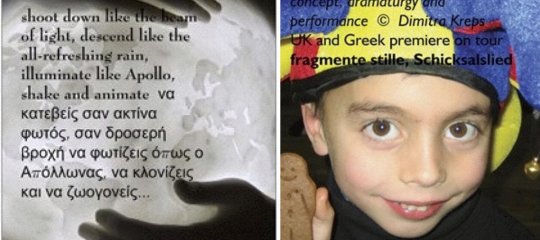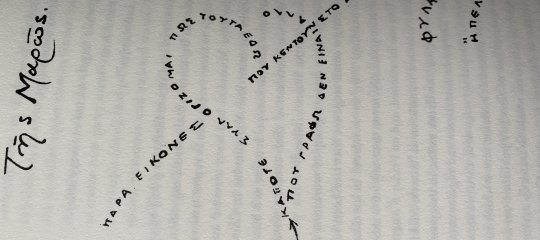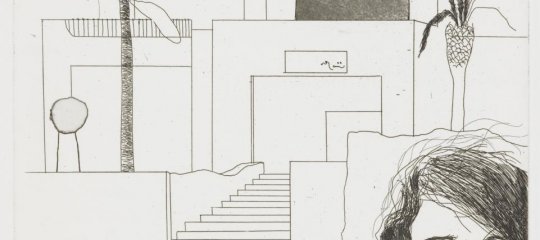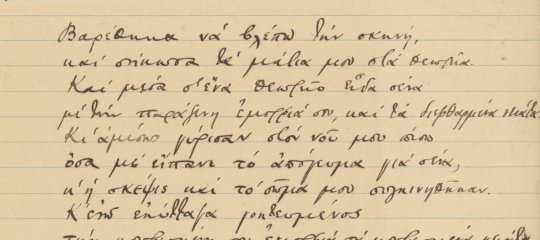Πρόγραμμα Σπουδών για τη διδασκαλία της ελληνικής σε ομογενείς των Η.Π.Α.
Εναρμονισμένο με τις προδιαγραφές των εκπαιδευτικών αρχών της Πολιτείας της Νέας Υόρκης για την εκμάθηση ξένων γλωσσών, το Πρόγραμμα αυτό είναι διαθέσιμο στον ιστότοπο της Ιεράς Αρχιεπισκοπής Αμερικής (http://www.goarch.org/). Ήδη το Ίδρυμά μας έχει ξεκινήσει την εκπόνηση του αντίστοιχου Προγράμματος Σπουδών για το Β΄ Επίπεδο.
Με τον τρόπο αυτό το Ινστιτούτο μας αποδεικνύει ότι δεν βρίσκεται κοντά μόνο στους εκπαιδευτικούς και μαθητές/φοιτητές της πατρίδας μας, αλλά αγκαλιάζει τον απανταχού ελληνισμό, πιστό στις αρχές του ιδρυτή του, Μανόλη Τριανταφυλλίδη.
The Institute of Modern Greek Studies (Manolis Triandaphyllidis Foundation) of the Aristotle University of Thessaloniki is pleased to announce the publication of a Curriculum for the teaching of Modern Greek as a foreign language (Checkpoint A) for beginners. This is the latest product of the Institute's collaboration with the Direct Archdiocesan District Office of Education of the Greek Orthodox Archdiocese of America.
This Curriculum is in adherence to the standards of the New York State Education Department for the teaching of foreign languages, and is available on the website of the Greek Orthodox Archdiocese of America (http://www.goarch.org/). The preparation of the Checkpoint B Curriculum by our Institute is already in progress.
The new and the forthcoming publications prove that our Institute not only remains close to the teachers and students of our country, but it also embraces the Greek Diaspora, loyal to the principles of its founder, Manolis Triandaphyllidis.










